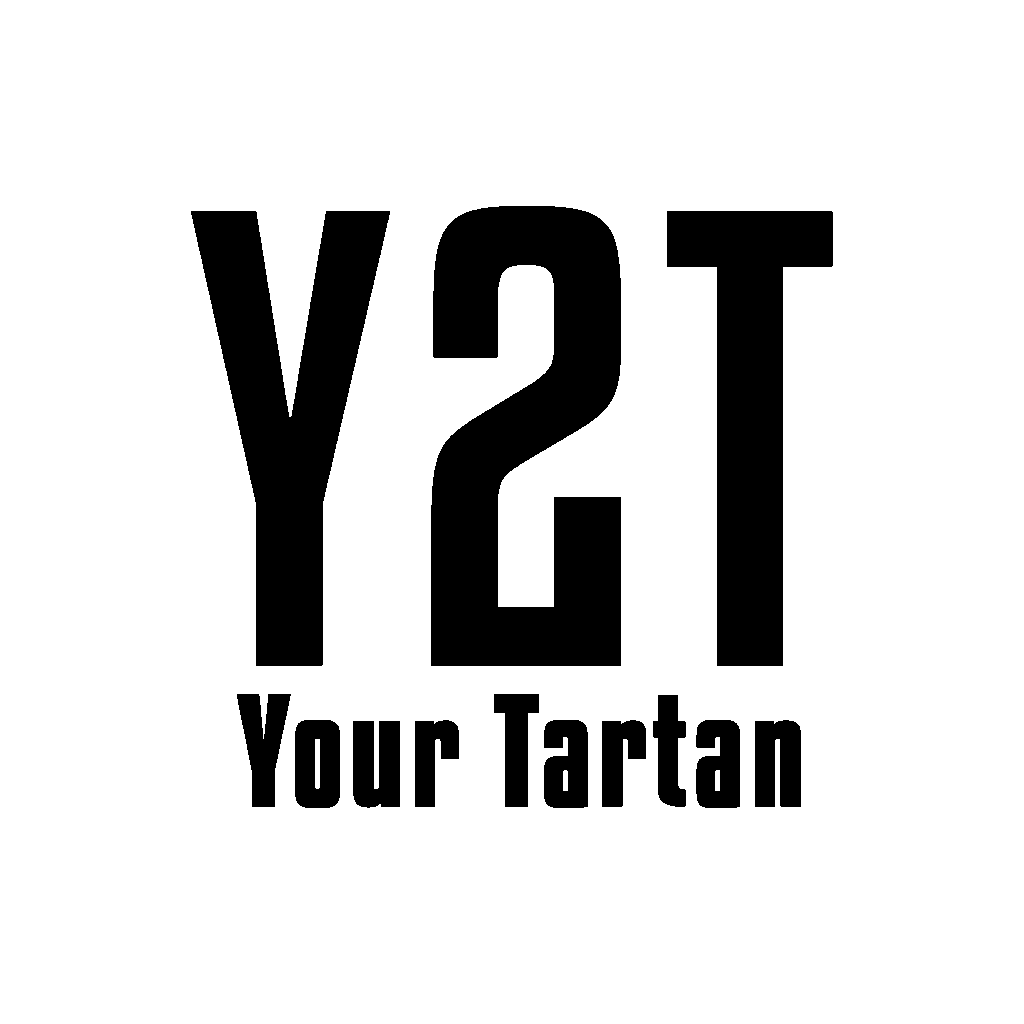Discover the Unique and World-Famous Traditional Scottish Highland Dress
Are you familiar with the Highland Dress? This traditional Scottish clothing is globally renowned for its distinctive and unique style. Regardless of whether you have visited Scotland or not, you’ll want to know more about this fascinating outfit. Let’s delve in!
HIGHLAND DRESS: SCOTLAND’S TRADITIONAL ATTIRE
“Highland dress” refers to the traditional clothing typical of Scotland’s Highlands and Islands, although aspects of this regional attire have spread across other parts of the country.
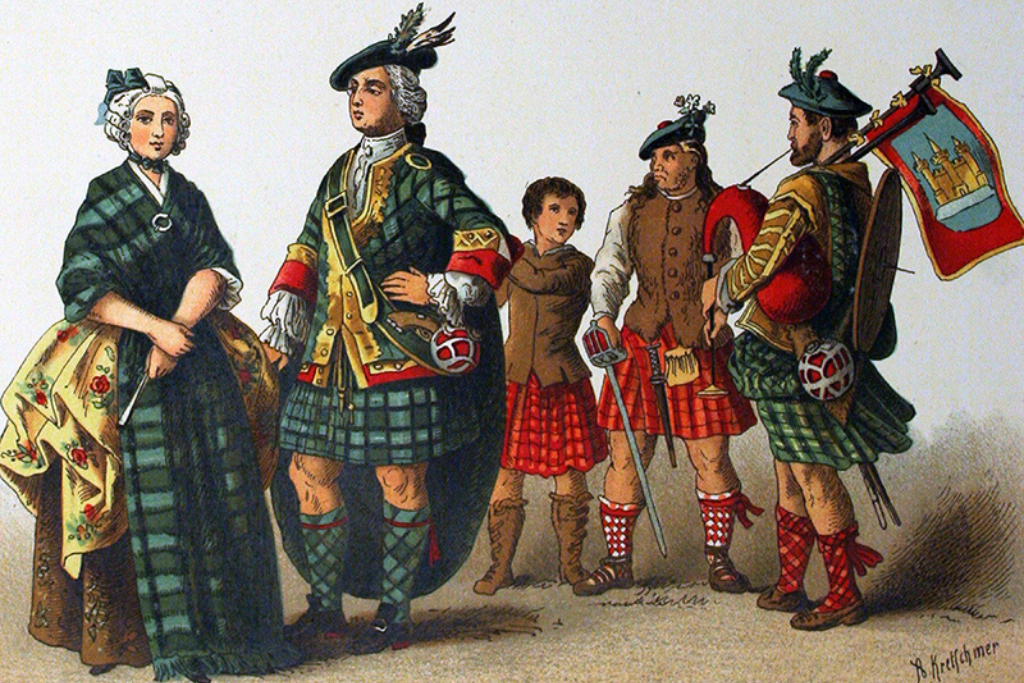
Nowadays, traditional Highland dress is primarily reserved for ceremonies, special events, and attracting tourists, rather than being worn daily. But this wasn’t always the case, as you’ll learn later in this article.
Many unusual and colorful accessories, including hats and skirt-like garments, characterize traditional Highland attire.
TARTAN: A SYMBOL OF TRADITIONAL SCOTTISH CULTURE
When traveling in Scotland, you will see tartan patterns integrated into numerous traditional garments and accessories, including Highland Dress, flags, clothes, and Scottish souvenirs. Though most associated with kilts, tartan can decorate anything from neckties to ribbons, bags, and pants.
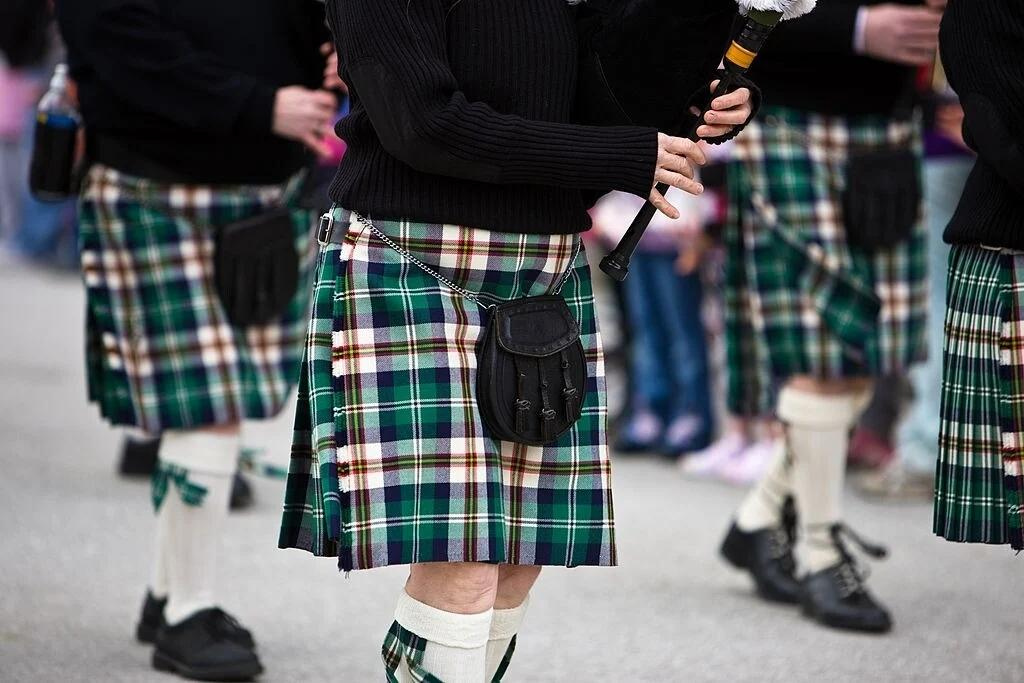
Despite its strong Scottish heritage, tartan is no longer an everyday sight. You won’t regularly encounter kilt-wearing, bagpipe-playing men buying soft drinks at the local supermarket or dancing in grocery aisles.
THE KILT: AN ESSENTIAL COMPONENT OF HIGHLAND DRESS
The kilt, a knee-length, skirt-like garment worn exclusively by men, is the most iconic piece of Scottish attire. Tartan is the typical fabric used for kilts, contributing significantly to tartan’s popularity.
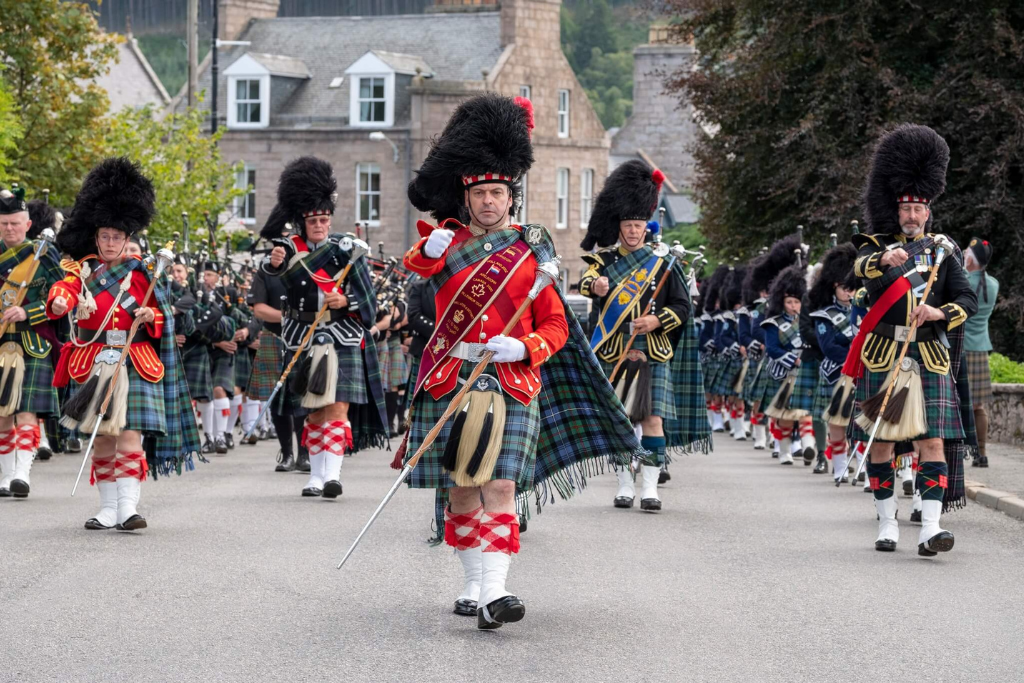
Introduced in the 16th century with Gaelic origins, the kilt has evolved over time. The “great kilt,” also known as the full-length version, started as a long robe, potentially hooded. If you’ve ever watched the movie Braveheart, you’ll recognize the great kilt in action.
Sometime in the early 18th century (or perhaps even earlier), the shorter kilt similar to today’s modern version was developed, quickly gaining more popularity than the full-length counterpart. Men continued to wear these garments, despite them being considered somewhat unusual.
OTHER TRADITIONAL SCOTTISH CLOTHING
Highland dress is not limited to kilts, nor is it all tartan. Traditional Scottish clothing consists of various garments for both men and women:
Men’s Traditional Scottish Clothing
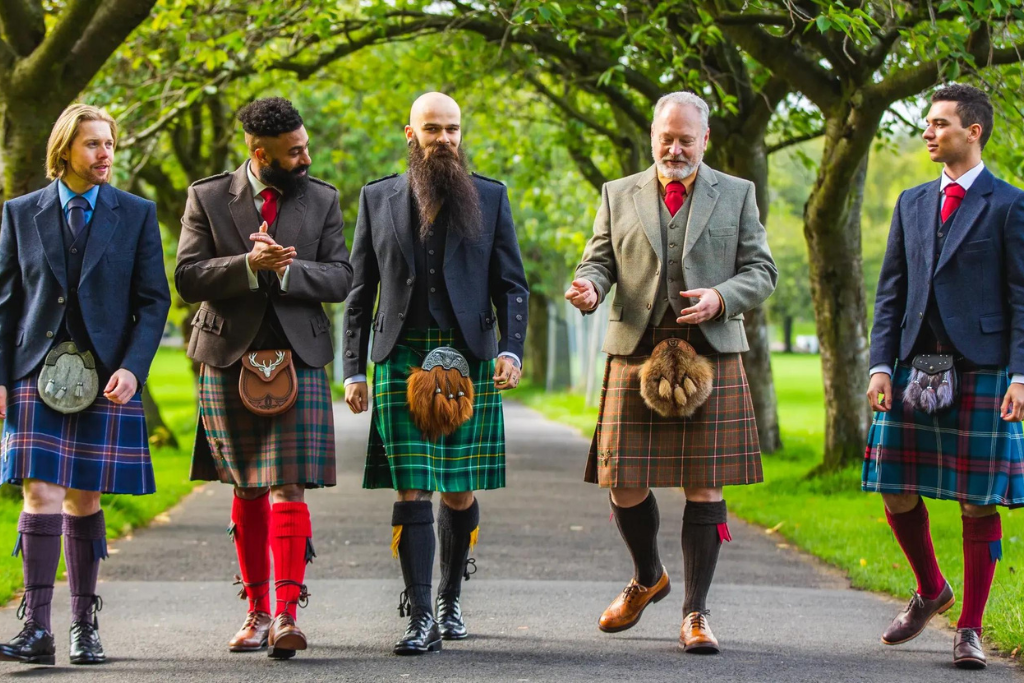
- Kilt
- Kilt pin
- Kilt hose: knee-length socks
- Jacobite shirt: informal, traditionally styled shirt with crisscross lacing at the chest
- Sporran: small bag worn in place of pockets
- Kilt shirt: more polished, formal version of the Jacobite shirt
- Argyll jacket: similar to a suit jacket, often worn with a waistcoat
- Ghillie brogues: distinctive shoes with no tongue and laces that wrap halfway up the leg
- Flashes: decorative cloth inserts for kilt hose
- Prince Charlie jacket: dressier and more formal variation of the Argyll jacket
- Fly plaid: a highly formal cape-like garment
- Tam o’ Shanter: traditional flat woolen bonnet
Women’s Traditional Scottish Clothing
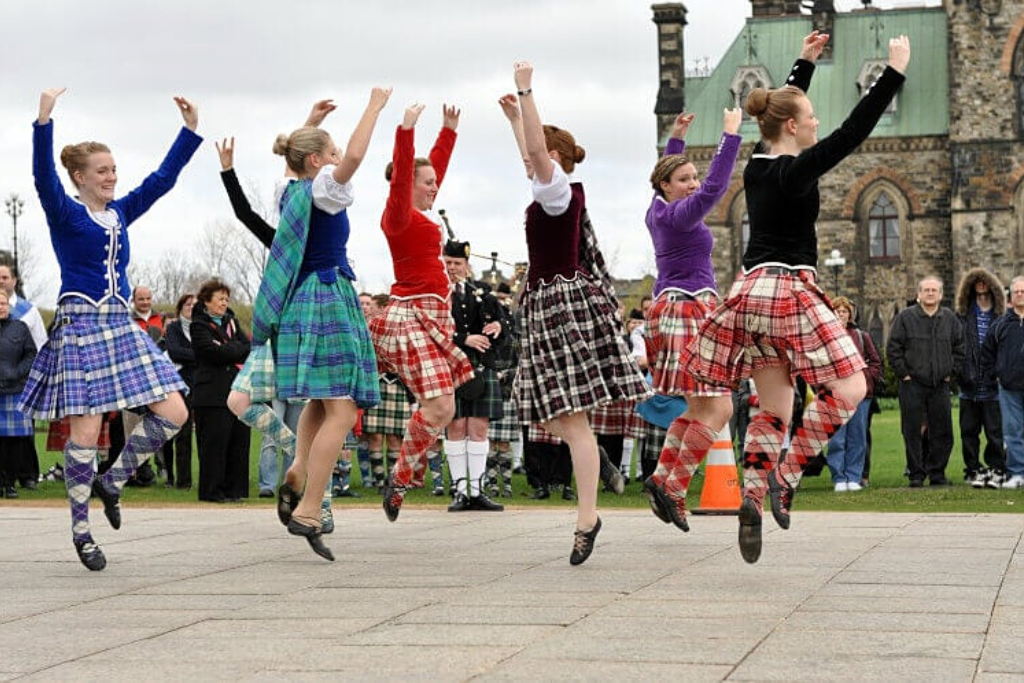
- Kilted skirt
- Tartan sash (or shawl)
- Fancy kilt: also known as “women’s fancy kilts,” these tartan dresses are more conventional than their male counterparts
- Ghillie brogues: also worn by women, especially at dances
In contrast with men’s attire, women’s traditional Scottish clothing is relatively standard, sharing similarities with the outfits worn by women worldwide.
Contemporary Scotland offers an array of items adorned with tartan, extending beyond traditional clothing. There are now even more ways to incorporate tartan into an outfit with accessories such as tartan hats and pants. Some might say this offers more opportunities for looking eccentric.
Additional decorative elements, both traditional and modern, can also be found on Scottish clothing, including jewelry, badges, pins, miniature swords, brooches, and others.
It is customary for Scottish people to wear clothing associated with their “clan” (or more accurately, their family) and, as a result, many Scottish families have unique colors in their traditional attire.
